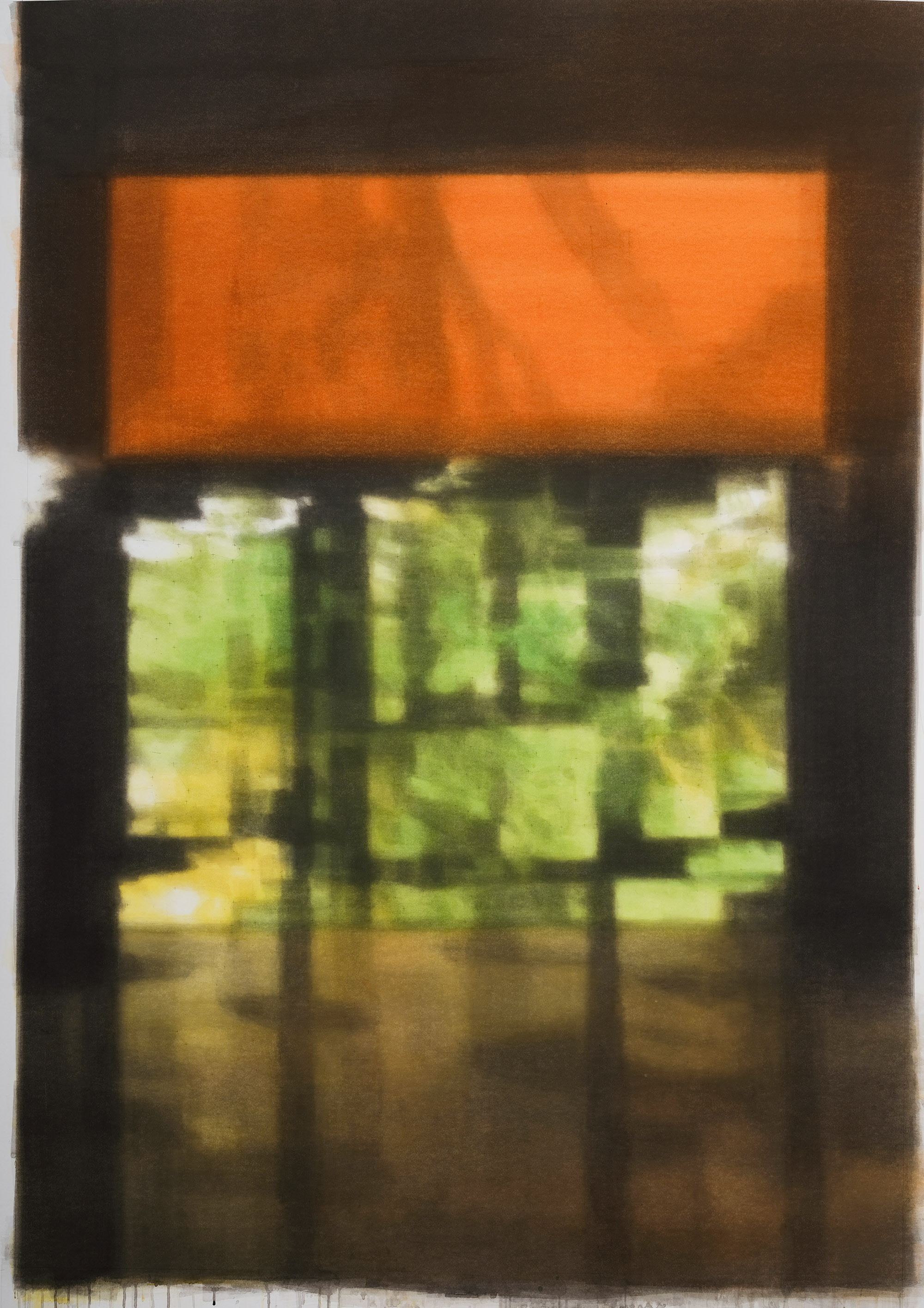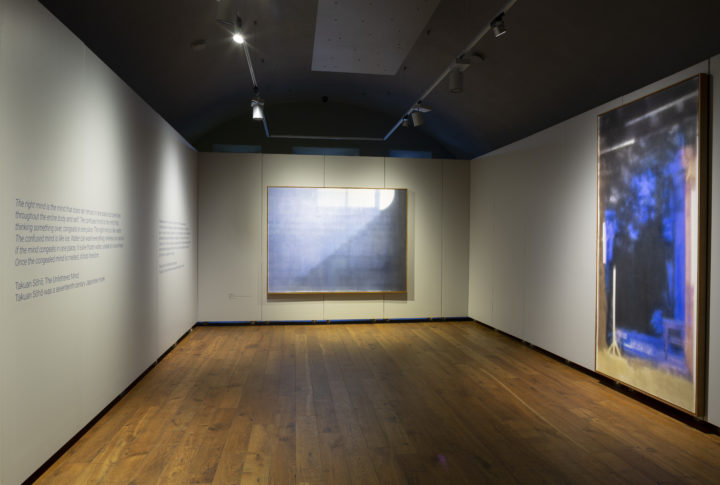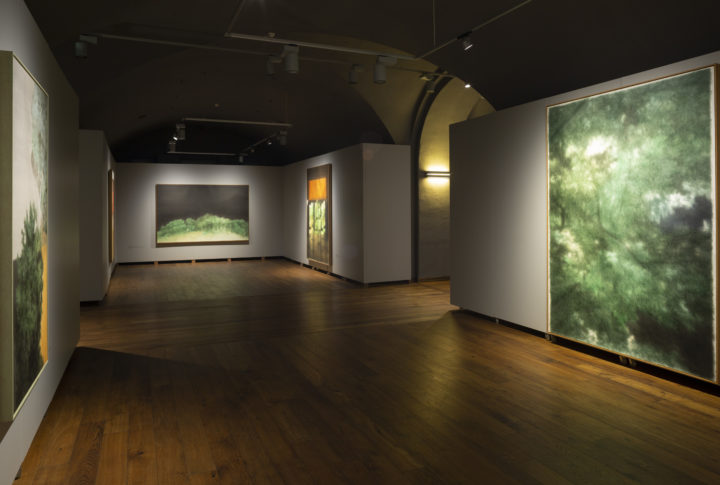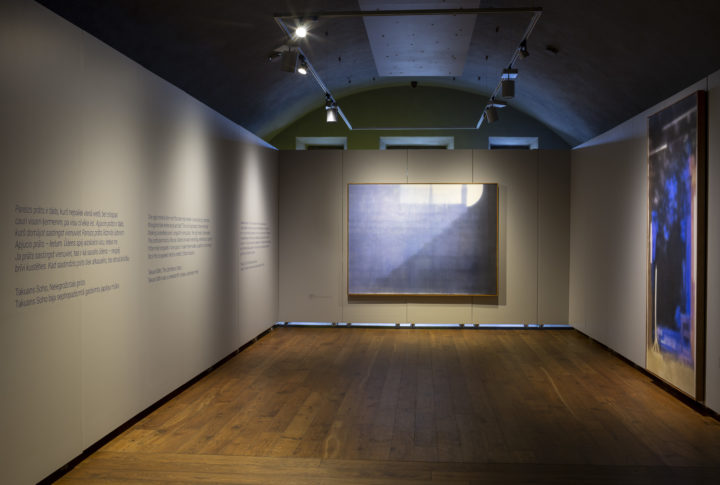TENDER IS THE NIGHT: THE ART OF KANG HAITAO

Kang Haitao (China)
Born in Sichuan, China, in 1976, the year Mao Zedong died, Kang Haitao is one of the most important artists of the 70s Generation in China.
He has deliberately remained close to where he was born, trying to find a language in which to map the changes that have overtaken China. To do this, he has drawn on Chinese landscape painting, popular modern Chinese art, the great Swiss sculptor Giacometti and the French existentialist writer Maurice Blanchot, as well as the tenets and aesthetics of Buddhism. The celebrated Chinese filmmaker Feng Xiaogang has said of Kang Haitao that he ‘portrays the environment of his childhood and youth – alleys, campuses or valleys under the night sky – and his paintings emanate a familiar and intimate feeling while also carrying a strange and fantastic undertone’.
Kang Haitao has said that he loves the night because there are no distractions – the commercial and materialistic temptations of the day disappear. Taking our lead from the artist, we have entitled this exhibition Tender is the Night: The Art of Kang Haitao, a phrase taken from the poem ‘Ode to a Nightingale’ by the English poet John Keats (and later borrowed as the title to one of his novels by F. Scott Fitzgerald). In Keats’ poem, there is an unbearable and irresolvable tension between daily life where ‘but to think is to be full of sorrow’ and the night-time song of ‘the immortal bird’, the nightingale, which gestures towards a life beyond suffering and beyond ‘death’.
There is a tension, too, at the heart of Kang Haitao’s work – a yearning for a world beyond the everyday one, but, paradoxically, the lexicon used to explore this spiritual world is largely in his earlier paintings, the world of everyday provincial life: old factories, old schools, walls, isolated trees. More recently, the lexicon of the paintings has shifted, and there is now a complex interplay between inner and outer, between light and shadow, substance and reflection (see ‘Memory of Light’), and the colour palette is higher.
These are spiritual paintings informed by Buddhism, using the language of appearance to move to a world beyond appearance.
– Enrica Costamagna and Philip Dodd
Exhibition period: 8 July – 16 October 2022










